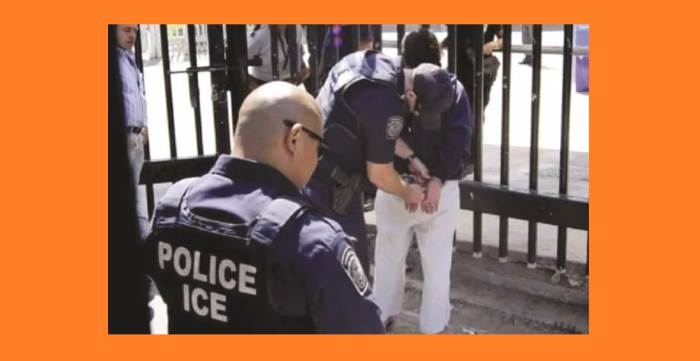It barely took five minutes on the streets of a well-to-do Long Island downtown to find what I was looking for: a group of high school students willing to share what turned out to be the region’s dirty little secret.
“Heroin’s a good drug,” one told me before I went on to find more who concurred in nearby derelict woodlands.
I was on assignment for the Press five years ago, and that exchange was the first of many in our investigation of the drug epidemic. In another interview, a Massapequa High School publicist told me their attorney would have to confirm the validity of police allegations that a student was dealing heroin on campus before school officials would comment—the most aggressive denial I’ve heard to date.
We went on to expose the school for the cover-up in the course of the series that followed. Together, those two moments reporting that story helped crystallize why I do what I do. The biggest stories are often in plain sight and the more bureaucrats fight the release of information, the clearer it is that the story behind it must be told.
At the time, not only did school officials do their best to kill the story, so did Suffolk County police while they were under the thumb of a county executive who sought to suppress crime news. That school’s publicist is now one of the heads on our mantle, so to speak, and the police have become leaders in the fight to raise awareness about the issue.
Nowadays, the crisis and its related prescription-drug abuse epidemic are impossible to ignore. Six people were killed in two LI pharmacy robberies in a six-month span last year, including a 17-year-old girl and a federal agent.
Every local news outlet since we exposed the story five years ago has run a series on the issue. And that’s great, because our only goal, truly, was to continue raising awareness, since sunshine is the best disinfectant in scourges and scandals alike.
After our initial series, local politicians passed laws in Nassau and Suffolk counties to map online for all to see where serious drug arrests are occurring.
It was not the first time we prompted governmental action, but it was the first and only time we got laws passed.
The only result of our coverage that proved more rewarding was hearing from substance-abuse advocates who gained funding and were able to, in turn, help more folks as a result of the exposure. Getting personal thanks from those advocates, a district attorney, DEA agents, local narcotics detectives, and overdose victims’ parents, among others, helped keep the mission clear in my mind.
When factoring in the relatively anti-competitive mediascape in the region, there is no shortage of other stories to expose. Brazen alleged corruption that goes unreported is proof that local leaders feel they can practically get away with murder since they think no one is paying attention.
All the more reason for those of us who know how to land such stories to stick with it. Although sometimes it comes as easy as finding those heroin addicts on the street corner, it’s not all about the thrill of the hunt. It is the public’s right to know.
But it helps to have good aim.

































